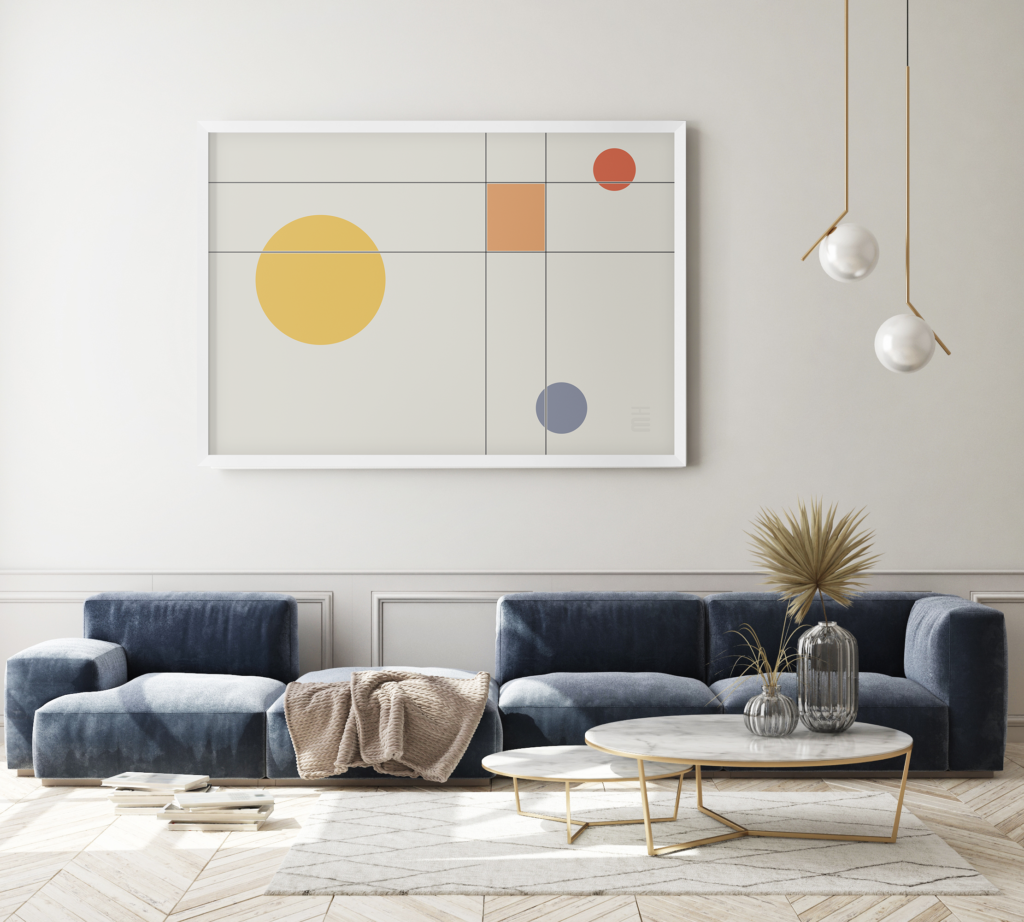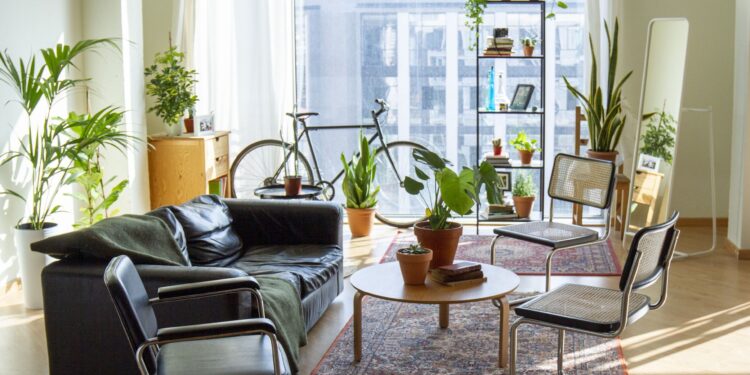You’ve definitely heard of Bauhaus, or the Bauhaus School of Design, or the Bauhaus Movement, or Bauhaus style interior design, and you’re probably curious about who or what Bauhaus is. This article will walk you through the history of Bauhaus interior design, as well as the fundamental aspects of the style and how it has influenced current design.
The Bauhaus style of interior design is the outcome of a movement that began in the 20th century in the German city of Weimar and brought together artists from all over the world in a school of art and crafts known as the Bauhaus.

Bauhaus interior design, like all interior design styles, has a history, except that the Bauhaus history is so iconic because so much happened before and during the movement that led to the style and its philosophies living on to this day and will continue to be used for years to come all over the world.
The Bauhaus School of Design

Following World War I, there was a desire and need to rebuild the world and people’s lives. In 1919, architect Walter Gropius founded The Bauhaus in Weimar, Germany, in this spirit. Due to political unrest, the Bauhaus was relocated to Dessau in 1925 and again in 1932. The Nazis were staunch opponents of the Bauhaus movement, which resulted in the school’s closure.
Hennes Mayer and Ludwig Mies van der Rohe did not let this big setback stop them from spreading their ideas over the world.
By learning from one another, the Bauhaus artists and designers would continue to integrate craft and embrace technology in order to produce and make contemporary furniture and design accessible to as many people as possible, making their lives easier.
The Main Features of Bauhaus Style Interior Design
Functionality Guides Design

Bauhaus design celebrates the ability of the designer for create something more than the product of the design. It is not good design in Bauhaus design if the product of design does not serve its purpose satisfactorily. The entire design process is focused on how the item will be used rather than how it will look in the end. Because the design is oriented on function, there is minimal adornment in Bauhaus style, hence the saying ‘form follows function.’
Less is More in Bauhaus Style Interior Design

The idea of ‘less is more’ has been around for years. Heralded by the last principal of the Bauhaus school of design and renowned architect and furniture designer Ludwig Mies van der Rohe, the principle seeks to furnish spaces with functional items only that are also simplistic and streamlined. This phrase is commonly used in minimalism, Scandinavian, modern farmhouse, Japandi and many other modern interior design styles.
Use Primary Colors for For Bauhaus Style Interior Design

Interior design in the Bauhaus style is all about simplicity. Using primary colors is one technique to ensure easy reproduction. Primary colors are well-defined and simple to identify. Unlike other shades like taupe, where it’s hard to tell if it’s gray or beige, primary colors are either red, green, or blue, not blue with a pink or gray undertone. In Bauhaus style interior design, the use of these main colors is highly significant.
Simple Geometric Shapes Is a Very Evident Feature of Bauhaus Interior Design

Another very evident feature of Bauhaus style interior design is the use of very simple forms in circular, rectangular and square shapes.
Use of Materials in Their Natural Form for Bauhaus Style Interior Design
Bauhaus interior design honors building materials in their most natural and authentic form. In Bauhaus interior design, the concrete and stonework are left unpainted. Wood and steel are unaffected as well.
Bauhaus Interior Design Aims at Mass-produced Furniture

Bauhaus style interior design aims to make good design accessible to the whole public. The designs’ simplicity allows them to be quickly replicated and made into a large number of comparable objects that can be easily moved to multiple locations outside of the area where they are produced. This is made exceedingly easy with the unity of art and the use of technology, and standardization may be reached regardless of place of direction.
The Influence of Bauhaus in Modern Design
The school has been dubbed “the school of modernism” on occasion. The Bauhaus may have closed in 1933, but its influence can still be felt and seen in modern architecture, interior design, and graphic art. As the professors, architects, and designers departed the school, they took with them all of the skills and information they had acquired and disseminated them all over the world. The Bauhaus’ main qualities, ideals, and lessons continue to impact modern design. In reality, in the 1950s, Bauhaus interior design had a significant influence on mid-century modern interior design.

Another principle of Bauhaus that still affects the modern design is emphasis of technology and smart use of resources to produce as many items as possible that can be replicated or used among masses. Many companies and furniture stores around the world like IKEA still use this principle for mass production of their products at affordable prices.
How do I incorporate the Bauhaus Style Interior Design in my Space?
Colors that are bright and vibrant are still popular in modern and postmodern interior designs
Another Bauhaus idea that continues to influence modern design is the emphasis on technology and resource efficiency in order to make as many objects as possible that can be duplicated or used by the masses. Many companies and furniture stores throughout the world, such as IKEA, continue to employ this idea to mass-produce affordable products.
One other easy way to highlight Bauhaus interior style is to iconic Bauhaus designs like the Bachelor’s Wardrobe by Czech designer Josef Pohl.

Lastly, use abstract framed art prints and Bauhaus posters to tie together your Bauhaus styled space.
It is not too late to get into the Bauhaus movement and embrace the bright, simple and functional parts of design. Is Bauhaus style interior design a style you’d try out? We hope you do!







